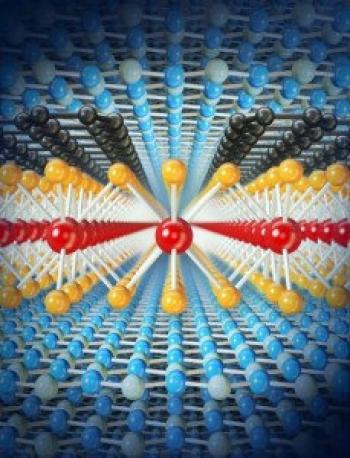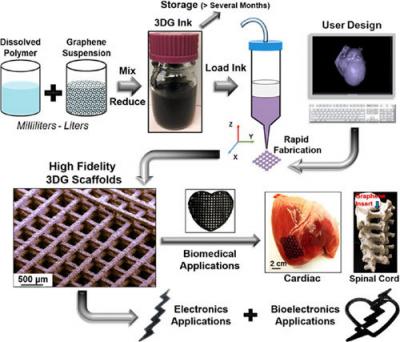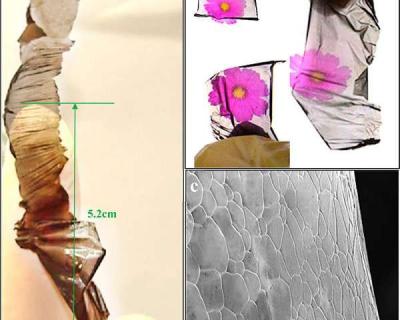Graphene-info to launch a graphene battery report - a call for participation
Graphene-info is currently working on its "graphene for the battery market" report, which will provide a comprehensive and in-depth look at graphene's possibilities in battery applications, the current graphene battery market, different battery uses and functions, currently used technologies and a detailed survey of the roles graphene may take in enhancing or altogether changing known battery paradigms.
An important part of the report will detail the companies that make-up the market and have ongoing graphene battery projects and/or R&D activities. It will include a review of the scope of their work in the field, recent developments and contact details. Despite our deep understanding of the market and good ties to the industry, we'd still like to extend a call to all related companies that wish to be included in this report to contact us and update us on their latest graphene battery projects, at no cost on your end. We believe that being included in this report is a good way of exposing your work to a greater audience and is beneficial for both the company and the industry as a whole.





